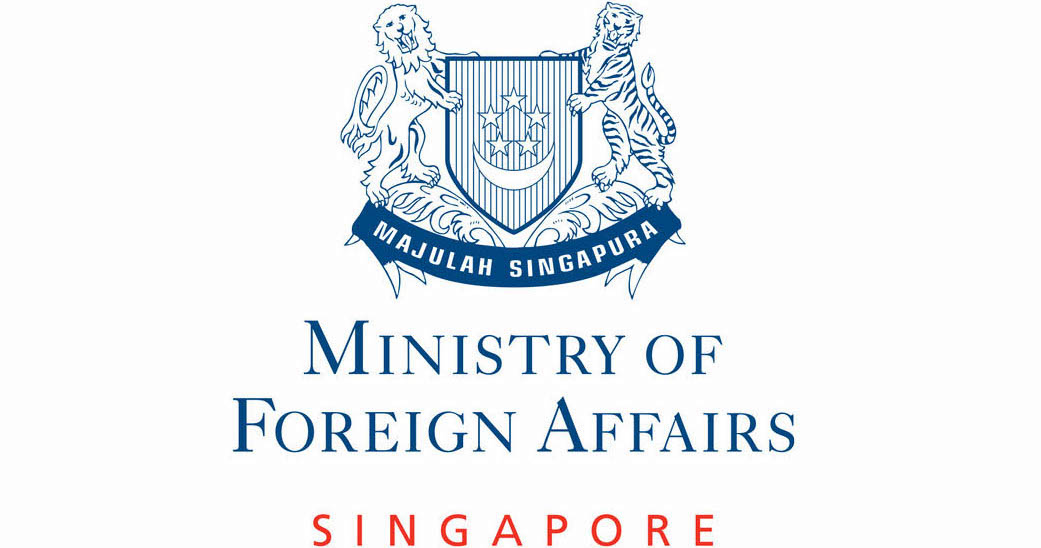Opening remarks by Minister for Foreign Affairs George Yeo at the MFA Diplomatic Academy's Inaugural S Rajaratnam Lecture, 10 March 2008, Island Ballroom, Shangri-La Hotel
-
10 March 2008
Dear Colleagues and Friends, Ladies and Gentlemen, 1 We are delighted to have President S R Nathan deliver the Inaugural S Rajaratnam Lecture this afternoon. This lecture series has been launched by ...
This article has been migrated from an earlier version of the site and may display formatting inconsistencies.
Dear Colleagues and Friends,
Ladies and Gentlemen,
1 We are delighted to have President S R Nathan deliver the Inaugural S Rajaratnam Lecture this afternoon. This lecture series has been launched by the MFA Diplomatic Academy to encourage discussion and debate on international relations and foreign policy. It is named after our beloved first Foreign Minister, S Rajaratnam, who established the Foreign Ministry when Singapore became independent in August 1965 and led it till 1980. Those were exciting years when our young nation was still finding its feet after a traumatic birth, in an unstable region that was divided by the Cold War. The Ministry has grown and covers more ground now, but much of what we are can be traced back to the period when Rajaratnam shaped its formation.
2 The MFA Diplomatic Academy was established by the Foreign Ministry just last year, over 40 years after the Ministry was established. Perhaps we should have set up the Diplomatic Academy earlier, but then there were always so many other urgent priorities to attend to and never enough people. Diplomats were trained but in a piecemeal manner, usually hurriedly and often on-the-job. This reminds me of a debate we had in the government over ten years ago about the need for a Civil Service College. Some questioned the necessity, pointing to earlier generations of civil servants who did their job, some brilliantly, without formal training. Today, we take the role of the Civil Service College for granted.
3 All institutions need a process of training and induction to ensure continuity. However, the stability which is so necessary for an institution can also make it conservative and less responsive to new situations. At a time when the global configuration is rapidly changing before our very eyes, we must stay alert and agile. We cannot afford to have diplomats who are hidebound. Experience and tradition are useful only to the extent that they provide a guide to the future. They should not be blinkers preventing us from exploring a wider range of possibilities. This is the challenge for the MFA Diplomatic Academy. We hope the eminent individuals invited to give the S Rajaratnam Lecture will help enliven our culture and provoke us to re-examine our premises.
4 We can find no better person to kick off the lecture series than President Nathan. In the course of his fascinating career, President Nathan was in and out of MFA several times. He therefore understands the Ministry from the inside out, and from the outside in. At the end of 1965, President Nathan joined Rajaratnam in building the Foreign Ministry up from scratch. He left in 1971 as Deputy Secretary and returned in 1979 as Permanent Secretary. In 1982, he left again to become Executive Chairman of the Straits Times till 1988. He then returned to MFA a third time, representing Singapore first as High Commissioner to Malaysia and then as Ambassador to the United States. In 1996, he came back from Washington DC to head the newly-established Institute of Defence and Strategic Studies, while concurrently Ambassador-at-Large, till 1999 when he was elected President of Singapore. To many of us in the Foreign Ministry, President Nathan never really left the diplomatic service. Formed by life's hard knocks before, during and after the Second World War, including time served in the trade union movement, he has a deep understanding of human society and maintains a lifelong interest in history and foreign affairs.
5 It is now my honour to invite President Nathan to deliver the S Rajaratnam Lecture.
. . . . .
